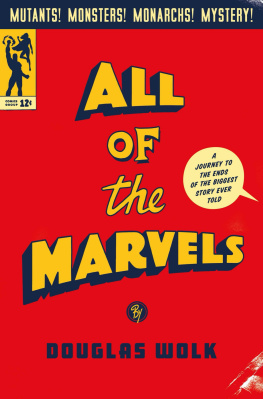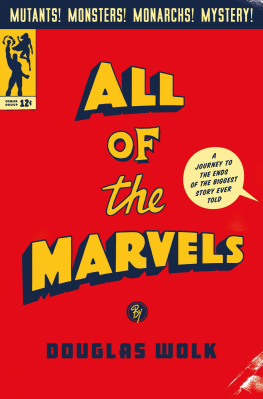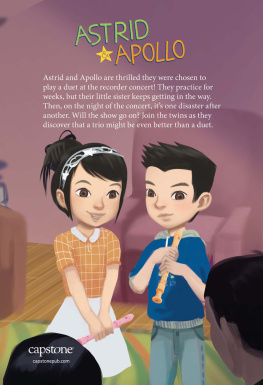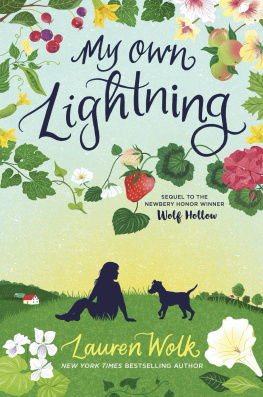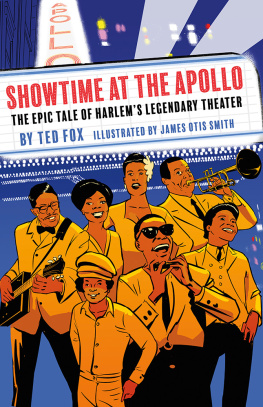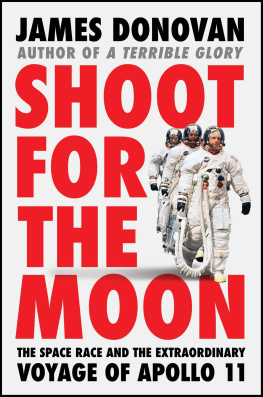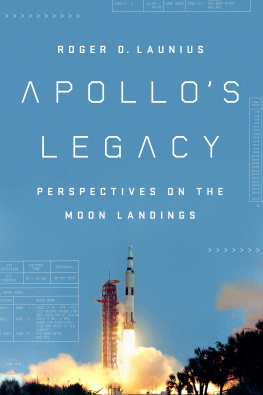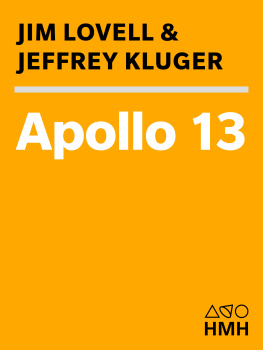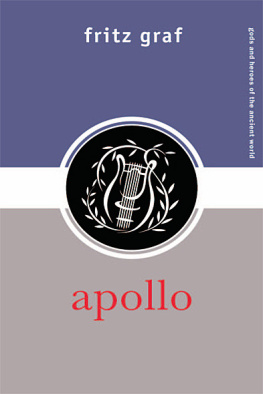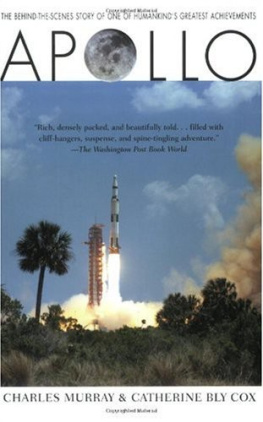Praise for the series:
Passionate, obsessive, and smartNylon
Religious tracts for the rocknroll faithfulBoldtype
Each volume has a distinct, almost militantly personal take on a beloved long-player... the books that have resulted are like the albums themselvesfilled with moments of shimmering beauty, forgivable flaws, and stubborn eccentricityTracks Magazine
At their best, these books make rich, thought-provoking arguments for the song collections at handThe Philadelphia Inquirer
Praise for individual books in the series:
Dusty in Memphis
Warren Zanes ... is so in love with Dusty Springfields great 1969 adventure in tortured Dixie soul that hes willing to jump off the deep end in writing about itRolling Stone
A heartfelt dive into the world of 60s R&B ... dazzlingPop Culture Press
A long, scholarly, and convincing piece of nonfiction analyzing the myth of the American SouthNick Hornby, The Believer
Forever Changes
Hultkrans obsesses brilliantly on the rock legends seminal discVanity Fair
Exemplary ... a wonderful piece of writingPop Culture Press
Great ... the writing and approach matches the enduring complexity of its subjectJon Savage, Word
The Kinks Are The Village Green Preservation Society
This is the sort of focus that may make you want to buy a copy, or dig out your old oneThe Guardian
This detailed tome leads the reader through the often fraught construction of what is now regarded as Daviess masterpieceand, like the best books of its ilk, it makes the reader want to either reinvestigate the album or hear it for the first timeBlender Magazine
Fascinating and superbly researched ... a book that every Kinks fan will loveRecord Collector
Meat Is Murder
Full of mordant wit and real heartache. A dead-on depiction of what it feels like when pop music articulates your pain with an elegance you could never hope to muster. Meat is Murder does a brilliant job of capturing how, in a world that doesnt care, listening to your favorite album can save your lifeThe Philadelphia Inquirer
Like his exquisite LPs, Pernices perceptive, poetic ear for unpicking the workings of troubled inner lives is exceptionalUncut
A slim, confessional novella equal to anything written by Nick HornbyBandoppler
One can accept, reluctantly, Pernices apparently inexhaustible ability to knock out brilliant three-minute pop songs. But now it turns out that he can write fiction too, and so envy and bitterness become unavoidableNick Hornby, The Believer
The Piper at the Gates of Dawn
John Cavanagh combines interviews with early associates of Pink Floyd and recording-studio nitty-gritty to vividly capture the first and last flush of Syd Barretts psychedelic genius on the Floyds 67 debutRolling Stone
Digs impressively deep ... a must-have for Syd-era Floyd fansRecord Collector
Harvest
Successfully sets the album both in its time and within the artists canonRecord Collector
JAMES BROWN (THANKS)
Thanks to Dr. David Barker for inviting me to do this project, to Lisa Gidley for putting up with it, and to Harry Weinger, Hal Neely, Chuck Seitz and John Tanner for their valuable assistance. Extra special thanks to Alan Leeds for information and assistance way above and beyond the call of any imaginable duty.

Live at the Apollo
Live at the Apollo

Douglas Wolk

2011
Continuum International Publishing Group
80 Maiden Lane, Suite 704, New York, NY 10038
The Tower Building, 11 York Road, London SE1 7NX
www.continuumbooks.com
2004 by Douglas Wolk
All rights reserved. No part of this book may be reproduced,
stored in a retrieval system, or transmitted in any form or by any
means, electronic, mechanical, photocopying, recording, or
otherwise, without the written permission of the publishers.
Library of Congress Cataloging-in-Publication Data
Wolk, Douglas.
Live at the Apollo / Douglas Wolk.
p. cm. (33 1/3)
Includes bibliographical references and index.
eISBN-13: 978-1-4411-5090-5
1. Brown, James, 1928- Apollo Theater presents,
in person, the James Brown show. 2. Apollo Theathre
(New York, N.Y.) I. Title. II. Series.
ML420.B818W65 2004
782.421644092dc22
2004006573
Printed and bound in the United States of America
TODD GITLIN, ON THE WEEK OF OCTOBER 24, 1962, IN HIS BOOK THE SIXTIES
Time was deformed, everyday life suddenly dwarfed and illuminated, as if by the glare of an explosion that had not yet taken place.
DIONYSUS LIVE AT THE APOLLO
In the fall of 1962, the Apollo Theaters stage area appeared to its audience as a box, twice as wide as it was tall. The worn-down wooden planks of the stage floor were perpendicular to the audience. Originally a burlesque house, Hurtig & Seamons Music Hall, the Apollo had turned black in 1934, as risqu stage shows fell to a city crackdown and vaudeville lost the last of its territory to the talkies. Located in the heart of friendly Harlem, as its ads said, at 125th Street off Eighth Avenue in Manhattan, it booked star acts to play for a solid week, in front of the toughest and most devoted crowds theyd ever face. By the early 60s, the Apollo was well established as the crown jewel of the chitlin circuitthe network of small and large halls, mostly in the South and on the East Coast, where black artists would play to black audiences, touring as hard as they could bear.
Standing on the stage of the Apollo at a sold-out show on the night of October 24, 1962, screaming, James Brown would have looked out and seen 1500 people screaming back at him in the audience, split between the floor and the balconies. The walls behind them were a dark crimson; the balconies were decorated with the laurel wreaths that are the emblem of Apollo the god, recalling Daphne, who became a laurel tree to escape his lust. Most of the audience thought there was a good chance theyd be dead within the week.
That night, on stage at the Apollo, James Brown made a new kind of pop record, based on the force of a single, superhuman will, and built around performance itself, even more than performances of particular songs. Live at the Apollo is one of the most charged albums ever madeelectrical arcs fly between Brown and his terrified, ecstatic, howling audience.
Brown has built the structures of the album around himself, so that he can break free of them. Every word and note that doesnt come from him, beginning with the opening incantation and ending with the chorus that ends the record, is ritualized, precise, formally scripted; his own performance is unrestricted and overwhelming, an explosion about to take place at the intersection of lust and terror. The moment of sexual abandonment (and erotic abandon) was the subject of all of James Browns great songs in those days. He sings as if his lover leaving him would be the end of the world, which is also a way of singing about the end of the world. The song ceases to be the song, and becomes James Brown. Supernatural sounds emanate from him, as Friedrich Nietzsche wrote about man under the charm of the Dionysian. He is no longer an artist; he has become a work of art.
Next page

